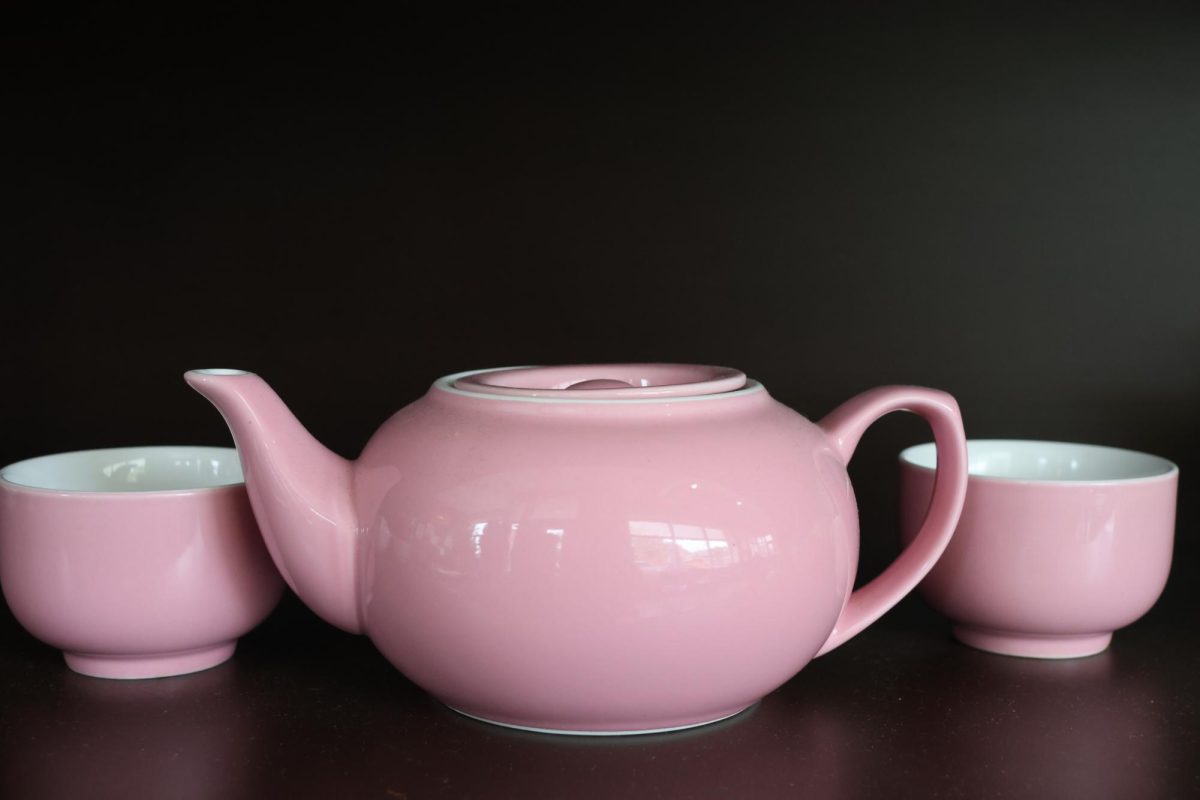My favorite commercial when I was a kid came on every summer for three weeks. It consisted of Lance and his teammates delivering mail in different cities and biking down staircases. I was infatuated with it. For over a decade I have been watching Lance. I watched him through three weeks of turmoil as he slowly climbed up towering mountains and winded his way through the Alps. Even though I knew I could never, ever ride in the Tour de France, watching him always inspired me to try.
Now, everything has changed. The recent allegations against Armstrong by the United States Anti-Doping Agency (USADA), and in particular the president of USADA Travis Tygart, have had momentous effects on Armstrong and his career. In the past week he has retired from Livestrong, been stripped of all seven Tour de France titles, lost multiple sponsors, and has been asked to return around 15 million dollars in bonuses.
With everything that Armstrong has been through, I want to know why he decided to begin taking drugs. After he was diagnosed with testicular cancer in 1996, he was given less than a 40 percent chance of survival. Yet somehow he survived. During his cancer treatment to replenish his red blood cells and improve his bone growth, he was given erythropoetin (EPO). When used, EPO increases the number of red blood cells in the circulatory system and can be substantially beneficial. Studies show that increasing levels of EPO, and other performance enhancers such as Testosterone, by only five percent can give a rider enough of a boost to destroy the competition. That was all Lance needed. Armstrong proved at a young age his raw power and athleticism and the potential he had in the racing world. He won the Iron Kids Triathlon at age 13. As he continued to develop as a racer post cancer treatment, it is only probable that to race at the level he wanted, he needed drugs to stay with the competition. But, that is still no excuse for the bullying and extensive lies he is guilty of today.
Drugs have been used in racing for many years. In the early years of racing, competitors would use cocaine and nicotine as enhancement drugs, so it comes as no surprise that drugs are still in existence and more sophisticated in today’s races. Since 1998 in only three Tour de France races has less than four racers in the top ten been found guilty or admitted to using performance enhancers. Since 1998, seven top ten finishers have been stripped of their titles, some multiple times. Given that EPO was not banned until the early 1990s, along with other substances, it is only fair that the governing bodies are more lenient with the earlier races.
Americans hold their idols to lofty morals. We expect our role models to be perfect, to be righteous human beings, to always perform at their highest level. I think this is one of the reasons Lance fell so hard. Yes, what he did was wrong. Yes, bullying his teammates into taking drugs is definitely morally incorrect—already 11 teammates have testified against him. Yes, kicking people off the team if they won’t follow the drug regimen is wrong, but, he is only human. Everyone has flaws, and Lance’s were more substantial and amplified than most humans experience in their life.
One of the most influential people in Lances’s life, Michelle Ferrari had a large impact on his career. Lance and Ferrari quickly developed a relationship and just as quickly, a drug regimen. Lance followed it religiously, and some sources claim it could have contributed to his testicular cancer by changing the rate of growth. But after his run-in with cancer in 1996, he continued his relationship with Ferrari and extended it. In the document the USADA released, 11 of his previous teammates testified about Lance’s doping. Basically all of them had something on the line. A couple were previously retired while others have been offered a shortened length of probation from cycling because of their testimonies. Some were telling the truth for the first time. Their testimonies show a different side of Lance, a side the public has never seen. For example, one teammate, Christian Vande Velde, was told by Armstrong that if he did not adhere more closely to the “program” he would lose his spot on the team. Every other testimony explicitly states the drug use by Lance and others on the team. They were supplied by Michele Ferrari, their coach Bruyneel, and the trainer, Pepe Marti.
Although Lance did many horrible things that, looking back on I can only hope he realized were awful, I think we need to take a second look. In the theme of gratitude, we as a country should be thankful for some of the things Lance Armstrong did for us. For one, he raised awareness. Livestrong is not the best cancer non-profit organization in the US, we all know that, they keep a substantial amount of money for themselves, but they are one of the largest names in the business. But, Lance has spread the word well and has had a profound impact on many lives. He was also a great athlete, before drugs. And if majority of the racers are using drugs it can still level the playing field. I think Lance taking drugs was not the worst of it. The worst of it was forcing his teammates to be involved in the doping, bullying them if they didn’t, and even threatening them. Lance’s downfall is in his character and actions that involved doping.









